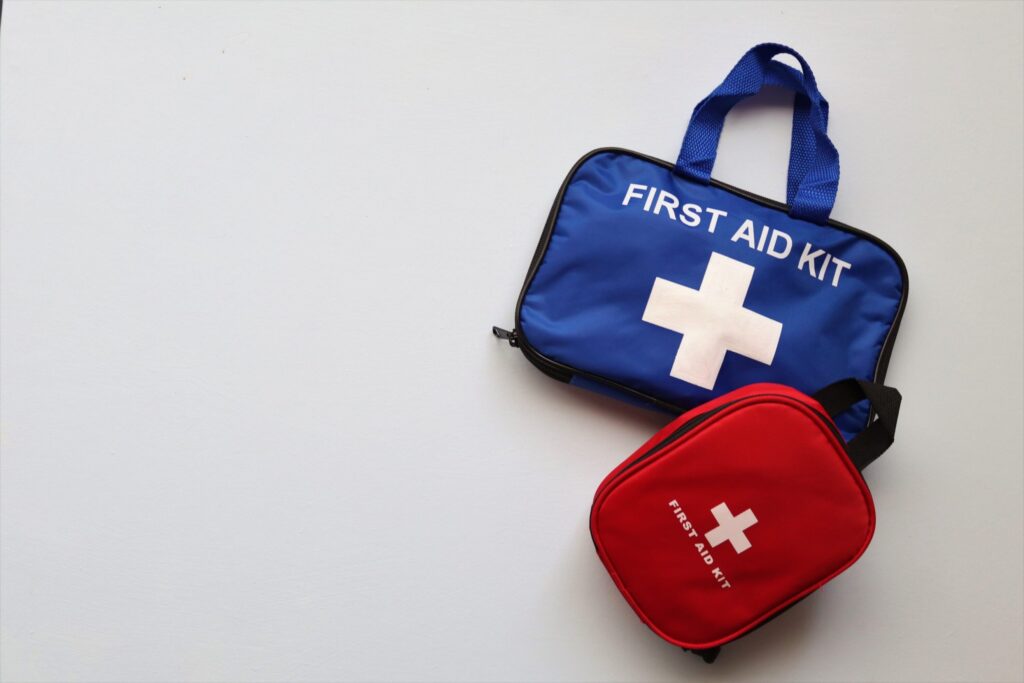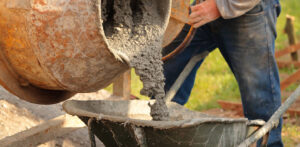
Concrete Burns: What You Need to Know
The general public may see freshly poured concrete and think it’s just an opportunity to “leave their mark,” but concrete pros know fresh material can cause serious concrete burns to anyone who isn’t careful. (That includes professionals and everyday citizens alike.) Here are a few things you need to know about this chemical burn danger.

How Concrete Burns Happen
Part of concrete’s appeal is its durability. The chemicals and materials used in concrete are perfect for long-lasting surfaces and structural elements, but they can be harsh on human skin. Portland cement often contains hexavalent chromium, for instance, a metal that’s toxic to humans if it’s inhaled or gets on skin. When wet concrete comes in contact with human skin, the abrasive additives and high PH levels can create a slow (and painful) chemical burn. Common scenarios that can lead to concrete burns include wet material splashing around during a pour, concrete pours that take place during heavy rains and a lack of proper personal protective gear.
Avoiding Concrete Burns
The first step toward concrete protection is to make sure your crew has appropriate personal protective equipment (PPE). This includes work gloves, glasses and footwear, among other considerations. Train crew members in the dangers of concrete burns and ensure they’re working safely and washing off any concrete that gets on the skin. (This topic can make for a great toolbox talk!) Concrete burns don’t happen immediately. It can take days for a burn to begin swelling or blistering, so a vinegar or lemon juice solution can help neutralize the high pH level when washing up after concrete exposure. Other tips include using a pH-neutral soap when washing after a job (avoid petroleum jelly and lotions with lanolin, which can trap chemicals under the skin) and keeping work clothes and boots in a locker or bag to avoid contaminating your car and home.
Treating Concrete Burns
Concrete burns can cause caustic, blistering irritation if left untreated. Severe cases have even led to amputations. Even if the chemical burn isn’t that severe, it can contribute to future allergic contact dermatitis (ACD), a condition that causes an allergic reaction to concrete, including rashes, itching and scaling. Limiting exposure is the first step toward treatment. Wash the exposed area immediately, and avoid using burn creams or lotions, as they can trap the chemicals and cause a slow burn beneath the surface. See a doctor about any skin irritation you experience after working with concrete.
Concrete burns are serious, but they’re also preventable. Train crews on solid concrete cleanup practices and make sure they know the dangers associated with untreated concrete burns. Crew safety is our No. 1 priority. When you need a reliable partner in concrete chipping, silo cleaning or central mixer cleaning, give General Chipping a call!
